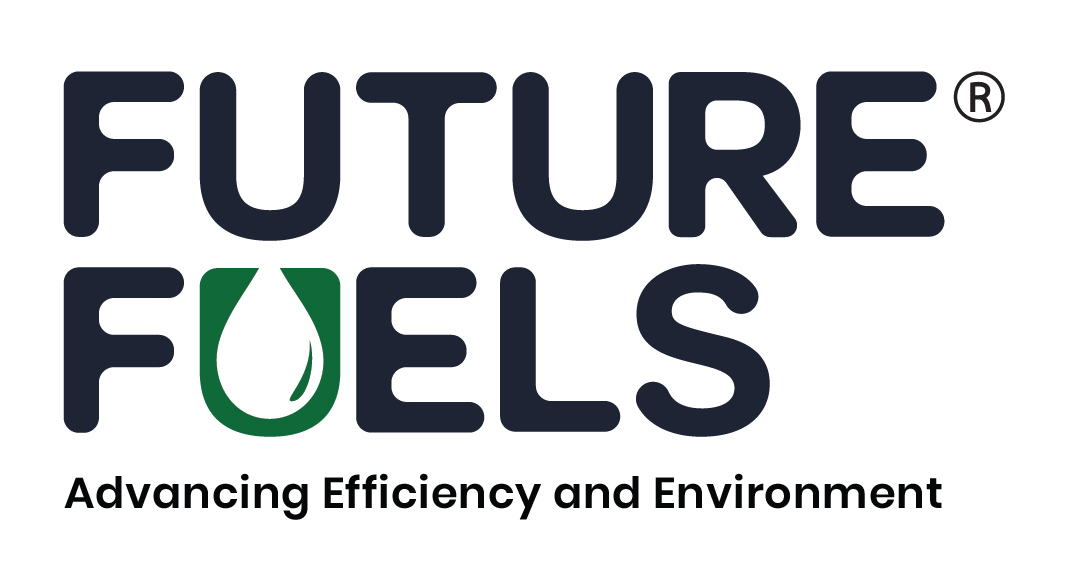A paradigm shift is exemplified in the collaborative efforts of Hitachi Zosen and NYK through their joint proposal, aligning with the goals set forth by the IMO and contributing to the Global Industry (GI) Fund Projects.
The joint proposal spearheaded by Hitachi Zosen and NYK centers around the development of a catalytic removal system, referred to as the N2O Reactor, designed specifically for mitigating nitrous oxide (N2O) emissions when ammonia is utilized as fuel. Nitrous oxide, with a global warming potential approximately 300 times that of CO2, represents a formidable challenge in the pursuit of environmentally sustainable maritime transport. The primary objective of this collaborative effort is to reduce N2O emissions significantly, paving the way for the deployment of highly effective ammonia-fuelled ships in curbing overall GHG emissions. The development and widespread adoption of the N2O Reactor are pivotal steps towards realizing a carbon-neutral international maritime transport industry.
The strategic significance of this collaborative project lies not only in its contribution to achieving the IMO’s emission reduction targets but also in addressing the specific challenges posed by N2O emissions. Hitachi Zosen and NYK recognize the urgent need to develop and disseminate effective solutions to ensure the viability of ammonia as a clean fuel source for maritime transport. The success of this venture could set a precedent for similar initiatives globally, influencing the broader adoption of alternative fuels and innovative technologies within the maritime industry.
The collaborative nature of this initiative extends beyond Hitachi Zosen and NYK, with ClassNK playing a pivotal role as a partner organization. Their involvement in safety verification processes and contribution to foundational research aligns with the broader industry-wide cooperation needed to address the challenges of adopting new technologies in maritime transportation. This collaborative approach not only ensures a thorough and comprehensive evaluation of the N2O Reactor but also fosters a supportive environment for the development and implementation of sustainable solutions.
While the joint proposal represents a significant stride towards addressing GHG emissions in maritime transportation, challenges remain on the horizon. The successful integration of the N2O Reactor into ammonia-fuelled ships relies on overcoming technical, operational, and regulatory hurdles. Continuous collaboration, ongoing research, and a commitment to innovation will be crucial in navigating these challenges.
Tags: Ammonia, Hitachi Zosen Corporation, IMO, NYK, Ship



Recent Posts
Port of Brisbane Unveils Vision 2060 to Drive Smarter, Cleaner, and More Connected Future
Wärtsilä to Deliver Hybrid Propulsion Systems for Vertom Group’s New Low-Emission Vessels
Latvian port receives electric Konecranes Gottwald Mobile Harbor Crane
Sustainable Ocean Economy Vital for Human Development, Says UNDP at UN Ocean Conference
Green Hydrogen Costs in India Could Drop by 40%, Says IEEFA-JMK Report
Cavotec Secures €1.55 Million Shore Power Contract for Port of Antwerp-Bruges
APM Terminals and SANY Marine sign landmark agreement to accelerate decarbonisation
The Port of Gothenburg takes big step towards shore power connection for container and car/RoRo vessels